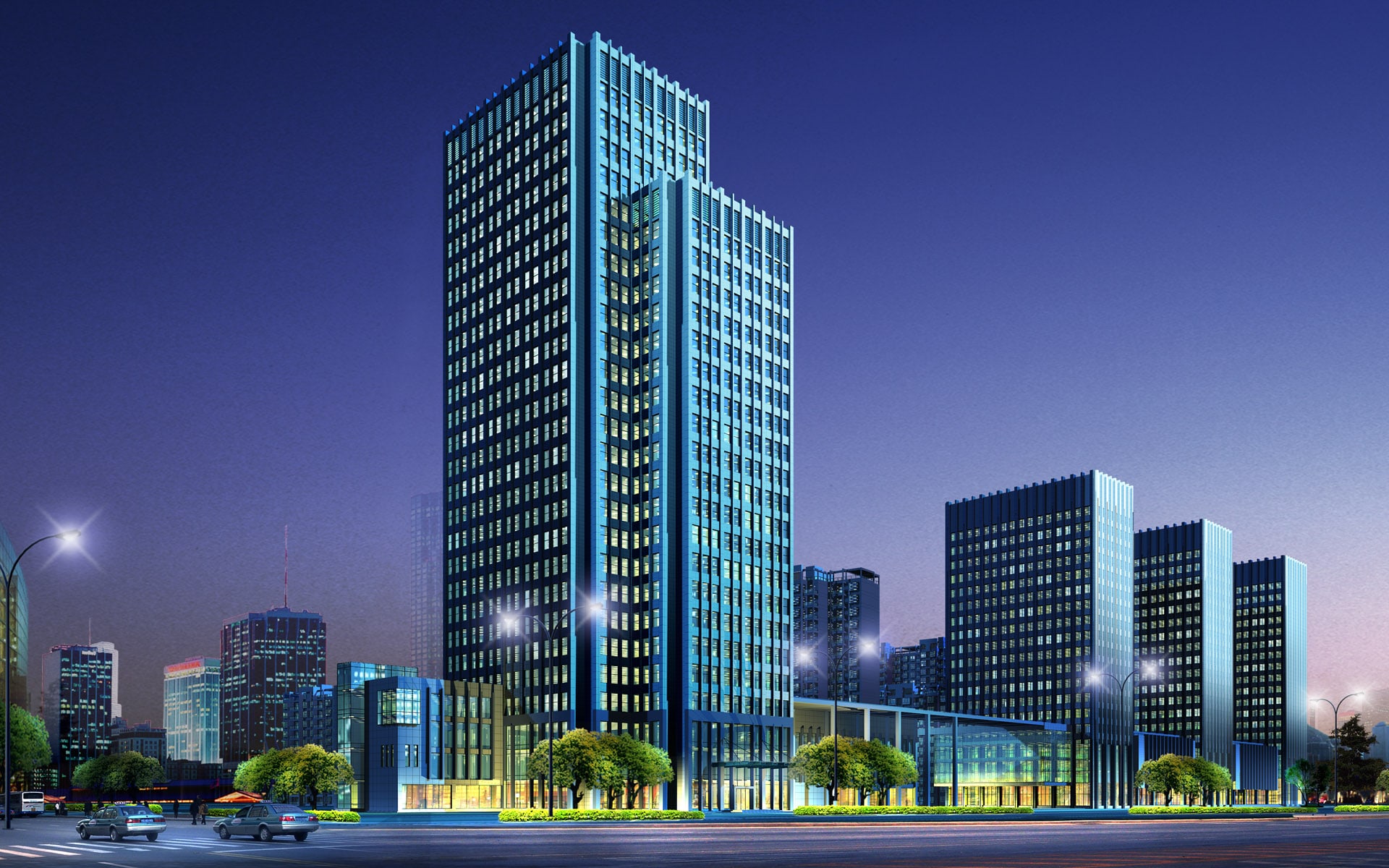Program Description
This program focuses on empowering managers and leaders with direct reports, to look at retaining talents with a different perspective. When a talent decides to leave an organization, it is the responsibility of the leaders and not the HR.While we cannot keep a talent for life, we need to ask the question, “will they return to us one day?”. The only reason they will return is that the leader who led them previously had played an important milestone in their career growth.
When it comes to workplace happiness, compensation and benefits were consistently rated among the least important factors. While pay can help attract new talent into the organisation, the research shows it’s not likely to keep them there without real investments in creating career pathways that elevate workers through a career arc in the organization.
As leaders, we need to support your people to shift their mindset of career success to a new perspective. If leaders today can invest time with their people in career conversation, they are helping their people to create a greater personal meaning in their work that translates into higher performance naturally.How then do we get the employees to stay with us and wanting to do their best each day? Career conversation that closes the gap between the leader and the people is the answer. Most importantly – creating the space for success.
Benefits
Improve workplace satisfaction and retain good employees
Build a good working culture and improve value of the organisation for employees
Attracting and keeping top talents within the organisation

The Research
In a study done by Glassdoor, they discovered that across all income level, the top predictor of workplace satisfaction is not salary: It is the culture and value of the organisation, followed closely by the quality of senior leadership and finally career opportunities at the company.
In another study, one common and wrong assumption made by organization is assuming that their high potential are naturally highly engaged. But the result proved otherwise.
- One in four intends to leave the organization within the year.
- One in three admits to not putting all his effort into his job.
- One in five believes their personal aspirations are quite different from what the organization has planned for them.

All this point back to one conclusion – organization cannot afford to not develop their people intentionally across all levels. One of the top reason employees leave an organization is because of the perception there is no more room for career growth, therefore, looking out of the organization is the only option.
Phase 01: Opening Conversation
Focus on supporting participants to design specially crafted script to start a conversation and how we can make a smooth transition into the Career Adventure Blueprint.
Phase 02: Career Adventure Blueprint
Focus on the 4-key supporting touchpoint crucial to the formulation of the blueprint. Namely; The Business Climate, The Future Possibilities, The Current Natural Acumen and Strength and The Now (Action).
Phase 03: Calibrating Hot Spots.
Focus on facilitating stick questions with no answer. For example, a typical sticky question is about promotion and pay rise. This phase help leaders and managers to understand how we can shift the focus from ME to ABILITIES.
Phase 04: Check-Out
Focus on getting the leader and the employees to agreed on the call to action. Concrete steps where employees can start taking action and be accountable to those action with the support of the leader. The Check-Out phase focus on “employee-owned’ action – an important step towards a successful career conversation with result.
Phase 05: Check-In
Help leaders to understand that career conversation is not a checklist. It lies in building the rhythm of conversation. The importance on checking-in helps the leaders and the employees to have continuous flow of conversation, strengthen the bond and meaning of the conversation.

Key Program Modules:
Phase 1: Challenging The Landscape
- Challenging the bigger role of leaders in today fast moving landscape.
- How your talent quality and retention speak volume about your credibility as a leader
- The implication of having a ‘zero-zone’ employee in your team.
- The mindset shifts from talent retention to talent growth.
- Growing and managing proactive talent versus reactive talent.
Phase 02: The CAB Coach in Action.
- Discover your curiosity quotient when facilitating the conversation.
- The do and don’t in facilitating a career conversation.
- The Rhythm mindset versus the Checklist mindset in conversation.
Phase 03: The Career Adventure Blueprint (CAB).
- Appreciating how the Career Adventure Blueprint (CAB) work through the PNFB timeline and questions, taking into consideration the business landscape.
- How we can use PNFB timeline questions to facilitate the conversation
- The importance of not concluding action too early.
- The pit-stops (i.e. follow-up) in the people engagement journey.
- Hands-on experience with creating your first personal CAB.
Phase 04: Calibrating And Following Up on Their CAB.
- Using the CAB to identify people’s real intention and intrinsic motivator in their job.
- Leverage on their natural acumen and strength that comes naturally to them.
- How we can follow up with their CAB blueprint to strike up conversation anytime.
Phase 05: Handling Hot Spots.
- Identify the kind of information that employees want to know and how we can match.
- Facilitating hot spot in conversation (e.g. I want to be promoted to managers in 2 years’ time, etc.) through the clarify and verify intervention.
- How do we manage the “no-power” zone (i.e. blackout) in conversation by reading below the line.
- How managers and leaders can re-calibrate seemingly “back-paddle” path as positive and value-adding.
Shifting employee’s mindset from titles to new abilities
Phase 06: Precision Coaching
- Identify how we can utilize advance coaching by using the SCORE model.
- Dos and Don’ts of an advanced coach in action.
- The importance of identifying intention versus objectives.
- Mapping and connecting the dots to day one of career conversation on why we do what we do.
Phase 07: Feedback
- Identify the explore the various ways of giving feedback.
- How asking for reverse feedback can build rapport and relationship.
- Discover how the power of feedback can create an open conversation to new ideas and mindset.
